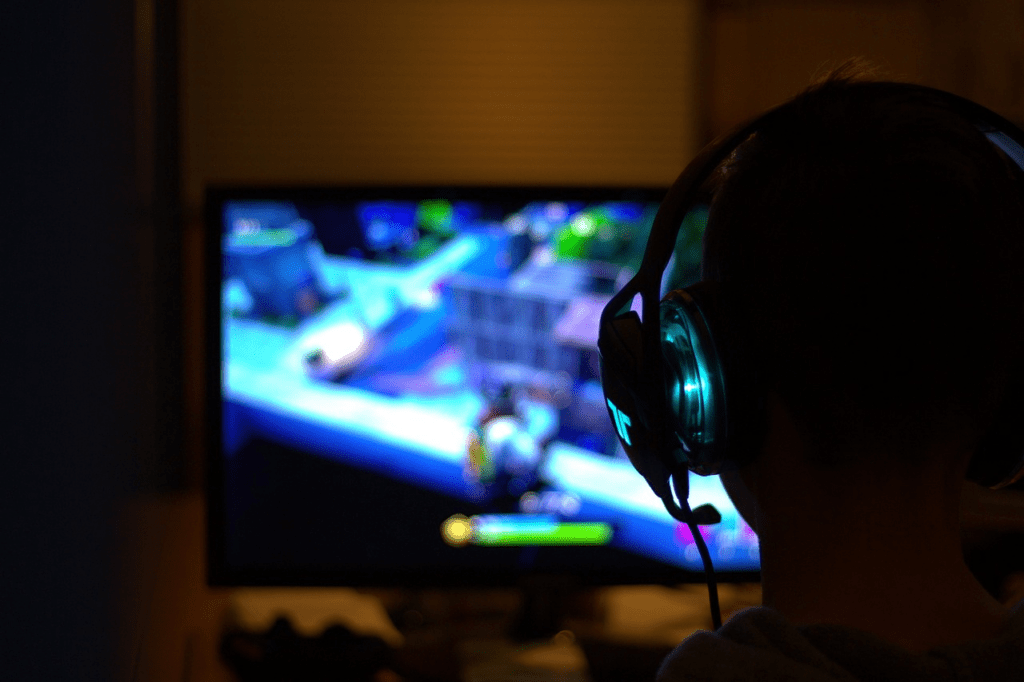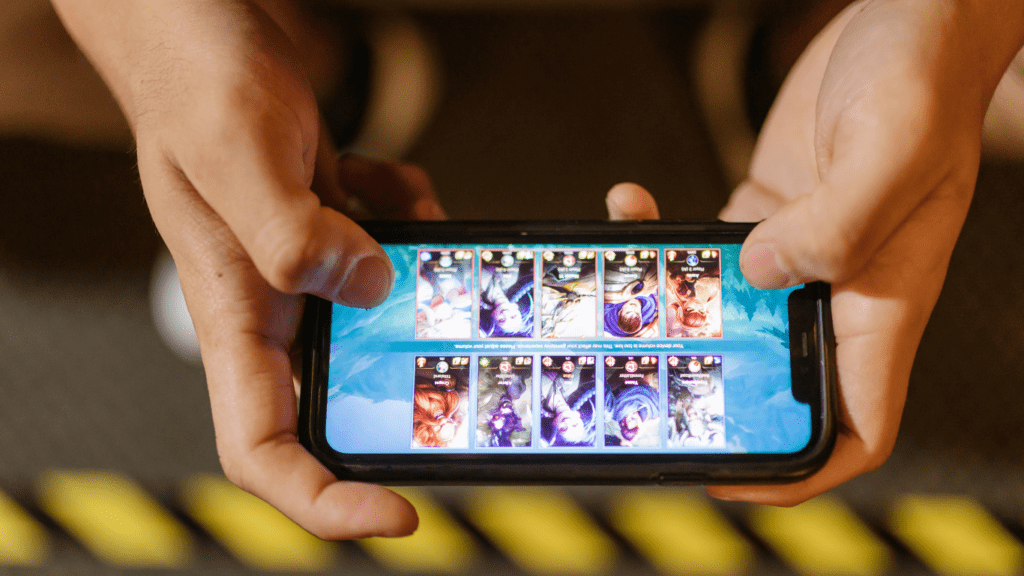Game modding communities have exploded in recent years, becoming hubs of innovation, creativity, and collaboration. Modders are pushing the boundaries of what’s possible in gaming, and tools like 3D model converters are the key to this evolution.
Tools like SVG to 3D model converters allow creators to transform simple 2D graphics into fully usable 3D models. They enable gaming enthusiasts to build and share game-ready content faster than ever without advanced modeling or programming expertise.
What Is SVG-to-3D Conversion?
SVG (Scalable Vector Graphics) files are lightweight, resolution-independent 2D images used for web icons, illustrations, and logos. But in the hands of modders, and with the help of SVG to 3D model tools, these flat graphics can be transformed into 3D meshes and imported into game engines.
The SVG-to-3D process turns curves and lines into shapes and surfaces, opening up a world of possibilities.
Instead of starting from scratch with 3D modeling tools like Blender or Maya, creators can build 3D assets with familiar vector graphic tools like Inkscape or Illustrator, then convert them. No complex modelling skills are required.
Let’s look at the five unexpected ways this gaming technology is powering gaming communities.
1. Custom Skins and Assets from Simple Designs
One of the most popular ways SVG-to-3D tech is used in game modding is to craft custom in-game assets like character skins, weapons, vehicles, and other decorative elements. By drawing a design in SVG format, creators can add a unique touch to their mods without sculpting each surface by hand.
For example, modders have created entire item packs and texture overhauls in Minecraft by converting SVGs into 3D blocks or interface elements. In Garry’s Mod, unique accessories and prop designs also often begin as flat artwork.
This approach accelerates the modding process but also makes asset creation feel more intuitive. It’s an ideal gateway for artists looking to break into 3D game design.
2. Streamlining Game World Building
Let’s look beyond individual assets, because SVG-to-3D conversion also simplifies the creation of buildings and landscapes. These models can then be imported into engines like Unity or Unreal, making level design faster and more accessible.
SVG-to-3D conversion is revolutionizing how modders approach environment design. Instead of painstakingly modeling terrain, buildings, or landscape features, users can generate 3D forms from 2D layout diagrams.
As an example, a floor plan drawn as an SVG can be converted into a full-scale building model complete with walls and doorways at proportions that carry over into the game engine. Modders can then further refine them or populate them with more detail.
This process dramatically speeds up level creation in the modular environments, which are a staple of many game types. With SVG files as a blueprint, modders can quickly iterate and customize without repeating the same tasks over and over.
3. Accessibility for Non-Coders
One of the biggest hurdles in game modding has always been the steep learning curve, particularly for 3D modeling and scripting. Tools that support SVG-to-3D conversion are leveling the playing field, making asset creation far more accessible.
This technology breaks down skill barriers and empowers creators who don’t have coding or 3D modeling backgrounds. It’s a win for inclusivity and creativity within modding communities, encouraging more experimentation across genres.
Many modern modding platforms now include drag-and-drop interfaces or built-in SVG import features. These allow users to upload vector designs, tweak settings, and preview 3D shapes in real time. Some tools even automate the generation of textures and shading.
All of this means novice creators can produce high-quality, game-ready models. Gaming is already a useful tool for breaking down social barriers and promoting inclusion. And the latest technologies take this even further.
4. Reviving Retro Games with Modern Assets
Who doesn’t love a good classic like Doom, Quake, or Morrowind? The good news is that SVG-to-3D modeling can be used to revitalize retro game assets. Modding communities are using modern tools to create fresh assets that breathe new life into decades-old environments.
These visually upgraded models build on the aesthetic of the original game while enhancing it with cleaner geometry or modern materials. This offers a balance between nostalgia and innovation, extending the longevity of retro games and making them appealing to a new generation of gamers.
5. Cross-Platform Compatibility
Gaming is more than just a fun pastime. It’s an effective educational mechanism, enhancing cognitive skills such as problem-solving, critical thinking, and decision-making. And studies have shown that some gaming genres can even be good for mental health.
Best of all, gaming communities bring people together. The latest game modding tools are part of this, because SVG-derived 3D models are compatible across game engines and systems.
These tools make mods adaptable and shareable between platforms. For example, a model built for Unity can be repurposed for Godot. And modding communities can collaborate like never before.
Conclusion
SVG-to-3D conversion is the key to unlocking new creative power, increasing accessibility and inclusion, and simplifying modder community collaboration. Explore tools like SVG-to-3D model converters today, and start building custom content with ease.


 Skye Carpenter is a key contributor at Your Gaming Colony, where her passion for video games and her insightful expertise significantly enhance the platform. Skye's dedication to the gaming community is evident in the high-quality content she produces, which covers a wide range of topics from the latest gaming news to in-depth reviews and expert analysis. Skye's role involves delivering up-to-the-minute updates on industry developments, ensuring that the platform's visitors are always well-informed. Her thorough and honest reviews provide detailed assessments of new releases, classic games, and everything in between, helping gamers make informed decisions about their next play.
Skye Carpenter is a key contributor at Your Gaming Colony, where her passion for video games and her insightful expertise significantly enhance the platform. Skye's dedication to the gaming community is evident in the high-quality content she produces, which covers a wide range of topics from the latest gaming news to in-depth reviews and expert analysis. Skye's role involves delivering up-to-the-minute updates on industry developments, ensuring that the platform's visitors are always well-informed. Her thorough and honest reviews provide detailed assessments of new releases, classic games, and everything in between, helping gamers make informed decisions about their next play.
